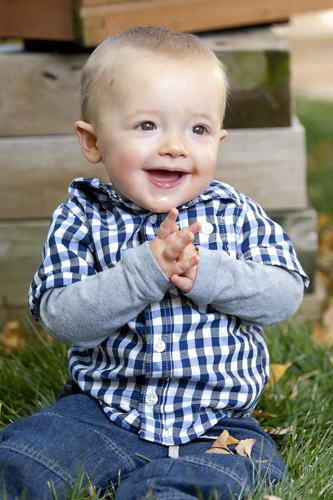
Howie's Photographic Techniques,
Kit and Workflow
Technical tips and techniques I use during event photogrpahy
(before, during and after).
I photograph many events around the world. These include corporate events, music in clubs, burlesque and vaudeville shows, theatre, and some events that defy description. This technique document will focus on low-light and live performances.
Most performance events take place under sub-optimal lighting conditions. Stages are often poorly lit, lit with lights through colored gels, and a multitude of distracting background elements. This presents a challenge for any photographer, as the results are often blurred, impossible to white balance in the camera, and very cluttered. It's common to have a very large number of images due to the difficulty of capturing something just right.
For me, the role of post-processing is to obtain a number of images that are viewable, printable, and marketable.
Because some venues are too dark, it is sometimes necessary to capture with flash. One of the benefits of photographing with a digital camera is that the ISO can be flipped quickly for capturing with and without flash. I prefer to photograph both with and without flash in order to present a variety of images, especially if they are being published. RAW provides some significant benefits in this situation. With the right tools, the difficult lighting can be balanced better than a JPEG, even with a custom white balance setting.
When I go out to photograph events, I pack a standard kit. I use Nikon equipment exclusively, mostly because it is the kind of camera I was originally trained on. I especially like the newer digital versions (D7000 and others) because they are exceptional in low light situations. The weather proofing has been useful also; occasionally, liquids fly in the venues where I photograph.
I start with just three lenses: a 12mm wide angle, an 18-200 and a 70-200 lens. Although some zooms are slow, mine are F2.8 and very fast. I also pack a 2x extender in my kit in case I need to shoot from far away. I always have a tripod with me just in case. These lenses give me enough flexibility to allow me to work on the stage, in a balcony, from the back of the venue at the sound board or in a media pit.
I generally carry two camera bodies with me, one sporting a long lens and one with the wide angle. It is much easier to shoot with two cameras with different lenses than to swap lenses in the middle of a performance.
In some cases, a flash is required and is acceptible. In other cases, it is not possible to use a flash. In the event that I am allowed and it is not a distraction, I will tether the flash on my hotshoe to a battery pack on my belt. This way, I can shoot thousands of photos without having to worry about batteries. Regardless, I always carry spare batteries. The batteries I have in my kit include rechargable eneloop double-a's and I always have at least 12 charged ones, just in case.
As for memory, I typically have at least 48GB total of storage. I have many 8gb and 16gb sticks, and since I shoot in RAW, these fill quickly. I have come close to using all the capacity, and I've learned that it always good to have backup.
As for miscellaneous items, I also pack two pairs of earplugs, a flashlight, lens cleaner cloth, advil and business cards.
When I get back from photographing an event, I immediately download if it isn't too late. All my cards are numbered and I photograph in order, which helps if there is something that needs to be processed immediately. My work flow is fairly simple. I file everything by date and event name.
Disk space is cheap and I back EVERYTHING up nightly. There is NO excuse not to back up all images on a daily basis. I never edit original files. Just in case I need to re-edit something, the originals are always there. The first thing I will do is put the original jpg and raw images in their own folders. Once that is done, I will bring all raw images into Adobe Bridge and identify the keepers. I will rate each keeper with a star - one for good, 5 for absolute must use. I will copy all the keepers into its own folder for post processing.
As you can tell by now, my asset management is somewhat manual, but my own desire to control every step drives the organizational methodology. This method has been refined over the years and works for me.
The process continues. the folders I create for every event include: "_Orig Raw", "_Orig Jpg" and "_Keepers". Under the "_Keepers", I will have: "_Before Crop and Color Correct", "_Seconds", "_High Res" and "_Watermarked". I can get into the details of how I post-process every raw image, but don't think I want to give my secerets away. All I will say is that I use Adobe Camera Raw (ACR) processing tools inside Adobe Photoshop to do basic editing. I also use One-on-one Phototools and Noise-Ninja. I use Photo-mechanic to deal with EXIF meta-data and tags and to convert sizes and add watermarks.
Oh yeah, I should probably say that I do everything on a MAC. I use a dual-monitor setup with a color-managed monitor for image files and a second monitor for tools and other things like email that I usually keep open. So there you have it - I take pride in looking at every image and although I like automation, know each image is unique. I feel strongly that my final result speaks for itself. Enjoy.
